How to plant Angelica sinensis? Key points of standardized cultivation techniques of Angelica sinensis
Angelica sinensis is one of the traditional Chinese herbal medicines, which has the functions of tonifying blood, moistening intestines and relieving defecation, regulating menstruation and activating blood circulation, anti-cancer, anti-aging and so on. In recent years, as people pay more and more attention to health, the market demand of Angelica sinensis is also increasing, so it has attracted a lot of people to plant. So, how to plant Angelica sinensis?
I. selection of sites
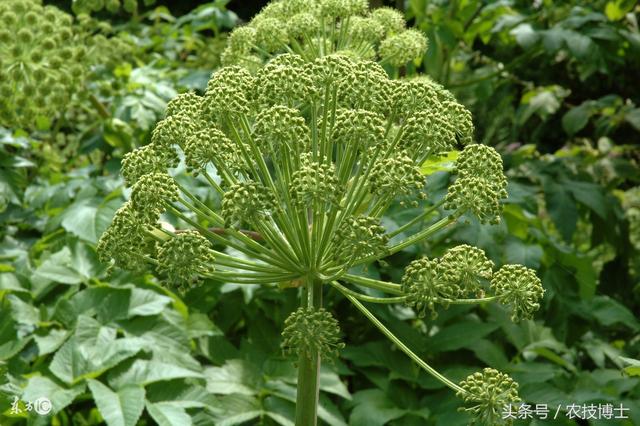
It is appropriate to choose black soil and black loessial soil with deep soil layer, gentle topography, good drainage, loose soil, high humus content, non-pollution soil and black loessial soil, the previous stubble wheat or potato.
II. Land preparation
Two days before transplanting in the following year, ploughing was carried out in combination with basal fertilizer, with a depth of about 20ml / 25cm, and raked immediately after ploughing. Combine ploughing, leveling the uneven land with a spade, shovel and rake, and remove weeds, straws and stones.
III. Application of base fertilizer
Mainly with organic fertilizer, supplemented by chemical fertilizer, more than 3000 kg of rotten farm manure and 30 kg of diammonium phosphate were applied per mu. Farm manure and diammonium phosphate were evenly scattered on the surface before sowing and mixed into the ploughed soil.
4. Selection of seedlings

The high quality seedlings with no disease infection, no mechanical damage, few lateral roots, smooth epidermis and 2-5 mm in diameter (100 seedlings weighing 80-110 grams) were selected.
5. Planting
The row spacing is 33 cm, and there are more than 6000 seedlings per mu. Two seedlings are planted in each litter, the distance between the two seedlings is 3Mel and 4cm, and the seedlings are placed in the nest separately, filled, compacted and covered with soil about 2cm.
VI. Field management
1. Check nest and replenish seedlings: after Angelica sinensis planting, check whether there are damaged seedlings, missing nests, withered and dead seedlings. If the missing rate reaches 10%, the seedlings should be replenished in time, and the seedlings prepared on the edge of the ground will be transplanted with soil on overcast and rainy days. When it is found that the roots are rotten, dig out the dead seedlings with the head, collect all the roots, stems and leaves together, burn them away from the planting field, and bury the ashes deep in the soil, sprinkling 100 grams of plant ash into each hole.
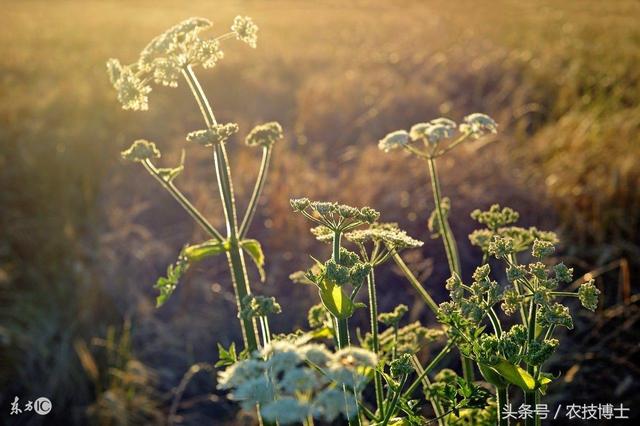
two。 Weeding: weed once a month, at least three times. When the seedlings grow to 5m / 6cm, the weeds should be hoed for the first time, such as shallow hoe, fine hoe, do not hurt the seedlings, do not bury the seedlings, and do not bring seedlings. When it grows to 10 Mel 15 cm, you can hoe the grass for the second time, and you must hoe and hoe deeply, but you can avoid injuring the roots and bringing seedlings. When it grows to 30 centimeters, you can hoe the grass for the third time, shallow hoe and fine hoe. In the future, weeds will be pulled out in time according to the growth of weeds.
3. Fixed seedlings and bolting plants: combined with the second and third times of ploughing and weeding, pulling out or cutting bolting plants with scissors; fixing seedlings in the third time of weeding, 1 plant in each hole.
4. Topdressing: combined with intermediate ploughing and weeding, a small amount of urea can be applied at the seedling stage and foliar spraying with 0.5 kg of potassium dihydrogen phosphate and 30 kg of water per mu before root growth.
VII. Harvest
From late October to early November of the year in which Angelica was planted, the aboveground part was cut off when the leaves of Angelica turned yellow and withered. 5Mel will be excavated after 7 days. When harvesting and digging, you must be careful not to hurt the root, shake the soil out of the angelica root, pick out rotten water and vegetable heads, and place them in a ventilated and sunscreen place.
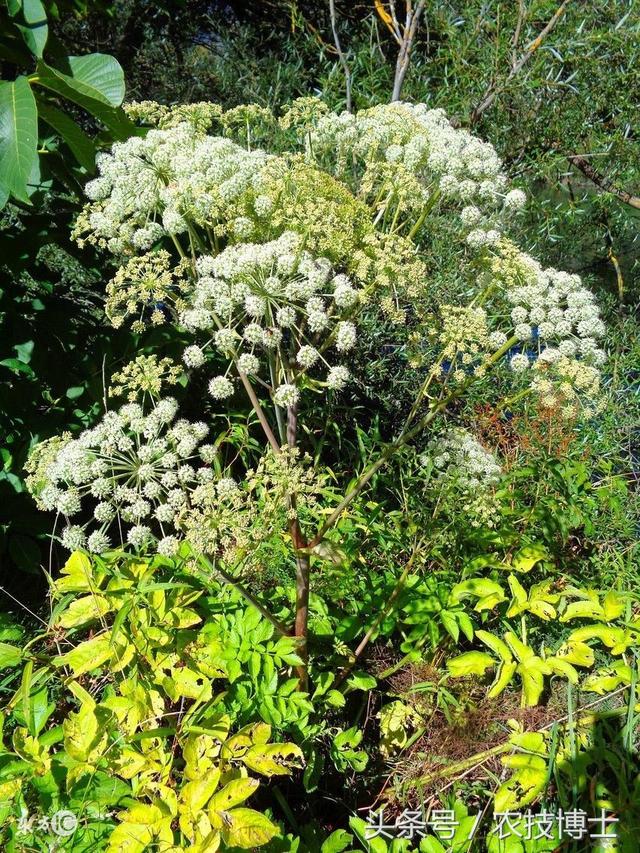
[conclusion] when it belongs to low temperature and long day crops, it is suitable to be planted in cold and cool climate, and more attention should be paid to it in the process of planting.
- Prev
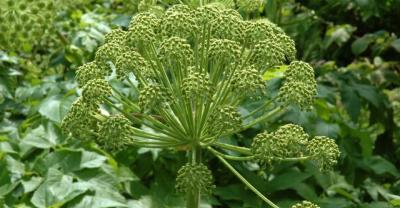
Cambodia Jasmine Rice Planting Style Map
Cambodia Jasmine Rice Planting Style Map
- Next
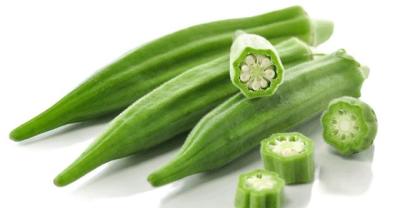
In spring, organic healthy planting starts from herb.
Today, I would like to introduce to you a very fresh, very seasonal, very suitable for organic cultivation-vanilla family. Many people like vanilla, not just because of it.
Related
- Fuxing push coffee new agricultural production and marketing class: lack of small-scale processing plants
- Jujube rice field leisure farm deep ploughing Yilan for five years to create a space for organic food and play
- Nongyu Farm-A trial of organic papaya for brave women with advanced technology
- Four points for attention in the prevention and control of diseases and insect pests of edible fungi
- How to add nutrient solution to Edible Fungi
- Is there any good way to control edible fungus mites?
- Open Inoculation Technology of Edible Fungi
- Is there any clever way to use fertilizer for edible fungus in winter?
- What agents are used to kill the pathogens of edible fungi in the mushroom shed?
- Rapid drying of Edible Fungi

